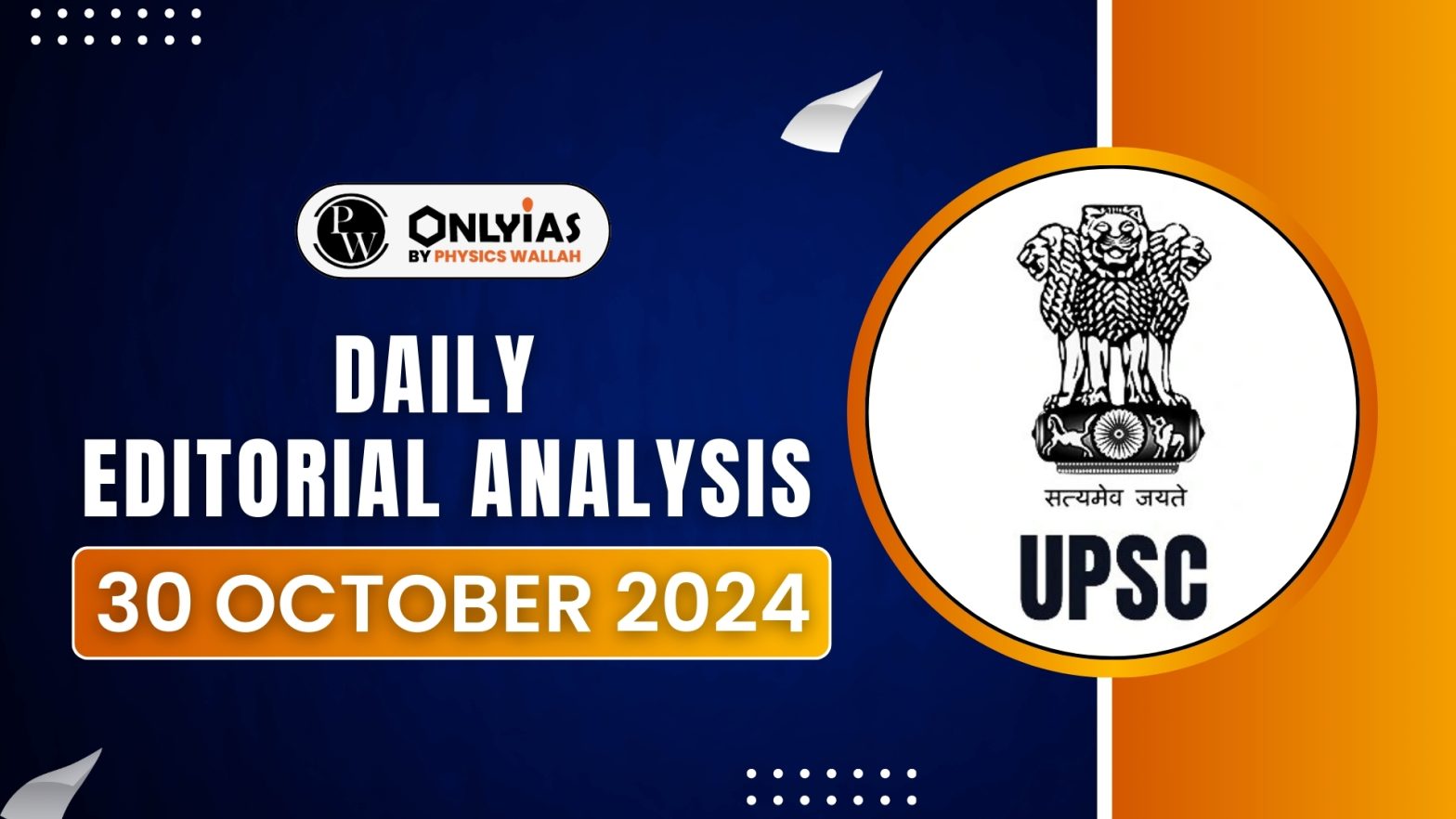The 44th ASEAN Summit in Vientiane, Laos, highlighted escalating concerns over Myanmar’s crisis, threatening ASEAN’s credibility.
- Since the 2021 military coup, Myanmar has experienced significant turmoil, and despite initiatives like ASEAN’s Five-Point Consensus, progress toward stability remains limited.
Current situation in Myanmar
- Widespread armed resistance: The junta, which forcibly took control after toppling the democratically elected government of Aung San Suu Kyi, faces widespread armed resistance.
- Brutal civil war: Myanmar remains engulfed in a brutal civil war between the military junta and various resistance groups, including Ethnic Armed Organisations (EAOs). The political parties to have a vote bank, have formed a parallel armed group namely People’s Defence Forces (PDFs) is fighting against the military.
- Situation of humanitarian crisis: The resistance groups now control significant swathes of territory, including six major border trade routes.
- The military’s efforts to quash the rebellion have led to violence, displacing hundreds of thousands and creating a humanitarian crisis.
Enroll now for UPSC Online Classes
Result of the crisis in Myanmar
- Need of assistance: More than 18.6 million people, including 6 million children, need assistance, according to the United Nations.
- Non-cooperating junta: The failure of the junta to cooperate with international peace efforts has exacerbated the conflict.
- Growing tensions between the military and the opposition: The military continues to label opposition groups as terrorists and has shown little interest in holding genuine negotiations.
ASEAN’s Response to Myanmar’s Crisis
- Breaking Non-Interference: In response to the 2021 coup in Myanmar, ASEAN departed from its long-standing non-interference policy, recognizing the urgent need to address the crisis.
- Five-Point Consensus for Peace: ASEAN proposed a Five-Point Consensus aimed at restoring peace in Myanmar, which includes:
- Immediate cessation of violence by ethnic groups and political parties.
- Encouragement of dialogue among all parties.
- Appointment of a special envoy.
- Provision of humanitarian assistance.
- Visits by the special envoy to engage with all stakeholders.
- Challenges in Implementation: Despite these efforts, the implementation of the Five-Point Consensus has largely failed, exposing the limitations of ASEAN’s regional responses and jeopardizing its credibility as a bloc committed to peace.
- Exclusion of Military Leaders: Initially, ASEAN sought to exclude Myanmar’s military leaders from high-level summits due to their non-compliance with the Five-Point Consensus.
After a three-year boycott, Myanmar sent a senior official to the summit, reflecting a pragmatic shift in ASEAN’s approach and a willingness from the junta to engage in dialogue. The junta’s willingness to engage highlights that it is not entirely avoiding ASEAN’s outreach efforts.
Enroll now for UPSC Online Classes
Division within ASEAN Regarding Myanmar
- Divergent Views on the Military Government: Some ASEAN nations, such as Indonesia, Malaysia, and the Philippines, advocate for stronger action against Myanmar’s military regime, while others like Thailand, Cambodia, and Laos maintain closer ties with the junta.
- Consensus-Based Decision-Making Issues: The requirement for unanimous agreement in ASEAN’s consensus-based decision-making leads to slow and diluted responses to the crisis.
- Diplomatic Efforts to Break the Impasse: Thailand’s proposal for informal talks with the Troika—Indonesia, Laos, and Malaysia—aims to overcome the current diplomatic stalemate.
Measures to Address the Situation
- Involvement of Myanmar’s Stakeholders: Successful resolution efforts must involve all key stakeholders in Myanmar, including the National Unity Government and Ethnic Armed Organizations (EAOs). Thailand’s humanitarian corridor, for instance, only operates with the junta’s consent.
- Engaging Non-State Actors: Incorporating non-state actors is crucial for ASEAN to create a more inclusive and effective dialogue.
India’s Relations with Myanmar and Strategic Importance
- India’s Support for ASEAN: Prime Minister Modi emphasised ASEAN’s centrality and the Five-Point Consensus, affirming India’s commitment to supporting democratic processes in Myanmar through ongoing engagement and diplomacy aligned with its Act East Policy.
- Strategic Connectivity: Myanmar serves as a crucial land bridge between India and other ASEAN countries, making its stability vital for India’s regional interests.
- Development Assistance: India is actively involved in regional connectivity projects, such as the Kaladan Multi-Modal Transit Transport Project and the India-Myanmar-Thailand Trilateral Highway.
- Recently, five Memorandums of Understanding were signed under the Quick Impact Projects framework to focus on agricultural development, vocational training, disaster management, and education.
- India’s $250,000 grant aims to enhance Myanmar’s socio-economic development.
- Balancing Security Concerns: Due to concerns about regional stability and refugee influxes, India has suspended the Free Movement Regime and fortified its border, although this move faces resistance from various State governments.
Way Forward
- Broader Engagement Strategy: New Delhi is considering broader engagement with various stakeholders in Myanmar to safeguard its strategic interests while contributing to peace and stability.
- Adaptation to Evolving Conditions: The effectiveness of these strategies will depend on the changing dynamics within Myanmar and India’s ability to engage all relevant parties.
- Inclusive and Pragmatic Approach: Both ASEAN and India must adopt a more inclusive and pragmatic approach towards Myanmar, ensuring the involvement of all key stakeholders to effectively address the ongoing crisis.
Enroll now for UPSC Online Classes
![]() 30 Oct 2024
30 Oct 2024

